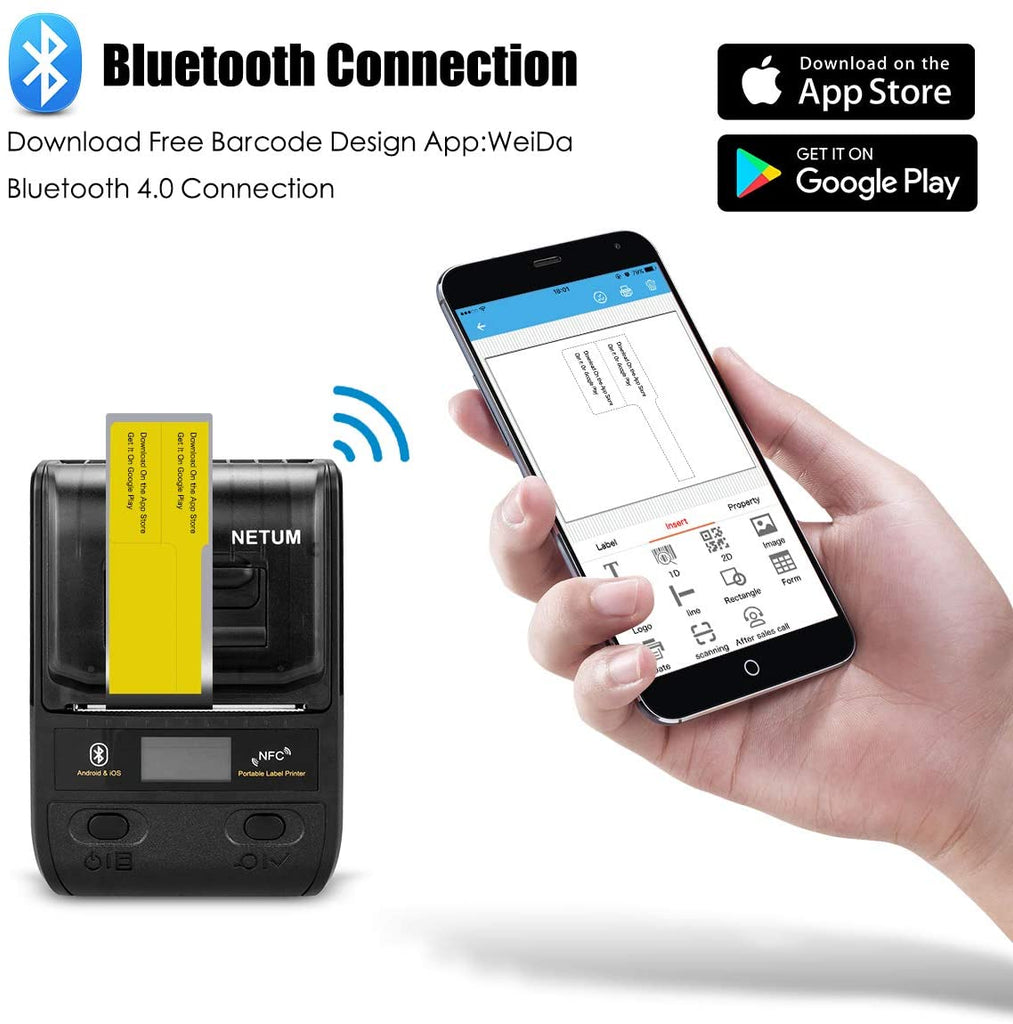

With barcode scanners, barcodes will save you from having to type in individual product codes by generating them into scannable images. Once you have your unique product codes set up, your next step is inputting your codes into a system that translates them into scannable barcodes. You should leave this tag attached, but add and use your own SKU for all of your internal operations. TIP: Some products might come with a pre-attached UPC and barcode. With an internal SKU system, you can use letters and numbers that correspond to a systematic organization of your inventory. Internal SKUs are custom alphanumeric codes of variable lengths (typically eight digits) specific to each retailer and designed to suit your business’s unique operations.
#Portable barcode maker code
This code is only for the retail supply chain. This is not the code you will use internally or the barcode you will scan in your POS system. Most products retailers acquire from manufacturers will already have UPCs and their corresponding barcodes attached. Can be used in a retail POS system to track inventory and speed up the checkout.Makes it easy for buyers to access information about your product online, such as product type, restrictions, or potential allergens, in the case of food items.

Enables you to sell on Amazon―a valid UPC is required for items sold on Amazon.Helps protect your business’s brand from brand theft and product forgery.UPCs aren’t required by law, and you can certainly make and sell products without them, but there are many benefits to using UPCs, including: If you make products yourself or sell private label products under your own brand, you should consider registering with the GS1 and getting UPCs.


 0 kommentar(er)
0 kommentar(er)
